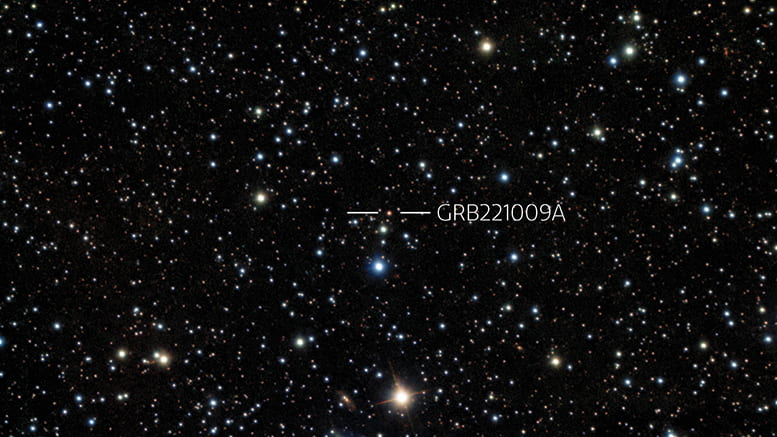Last week, a team of Northwestern researchers assisted in recording the brightest gamma-ray burst ever recorded.
The discovery was part of an international effort to document an explosion nearly 2.4 billion light years away from Earth. The team of astrophysicists believes that the blast was the result of the collapse of a massive star, which generated a black hole.
“As long as we have been able to detect GRBs, there is no question that this GRB is the brightest that we have ever witnessed by a factor of 10 or more,” said Wen-fai Fong, an assistant professor of physics and astronomy in Northwestern’s Weinberg College of Arts and Sciences. “Because the GRB is so bright, we expect to be able to monitor it for several months. It’s currently in its infancy, and we are learning more with each new passing observation. Unfortunately, we only have about a month or so before it goes behind the sun. But when it comes out of solar conjunction early next year, we will be excited to see the GRB as a messy ‘toddler.’ Then, we will be ready and waiting to capture it on camera.”
Fong is also a key member of the Center for Interdisciplinary Exploration and Research in Astrophysics (CIERA). She advises Jillian Rastinejad, a Ph.D. student in CIERA who used the Gemini Multi-Object Spectrograph to help make the discovery.
Learn more in Northwestern Now’s article “Brightest-ever gamma-ray burst breaks records.”

